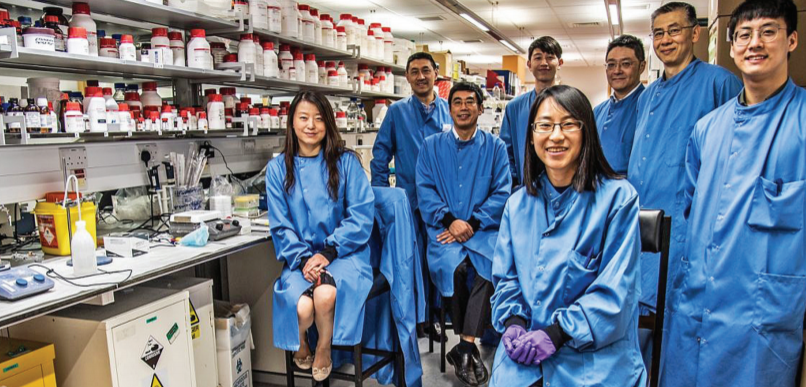Novel coronavirus test now in use at Heathrow Airport


New method, quicker and easier to carry out, set to aid fight against pandemic
Heathrow Airport in the United Kingdom is now using rapid COVID-19 tests developed by Chinese scientists at Oxford University.
The London hub is offering the tests, which can deliver results in under half an hour, to passengers bound for Italy and China's Hong Kong, in order to meet pre-departure testing requirements for those regions.
Hong Kong International Airport is also trialing the test, which is called Oxsed RaViD Direct. Speedy detection of COVID-19 in travelers will play a major role in bringing the novel coronavirus pandemic under control, said Huang Wei, a synthetic biologist at Oxford University who helped develop the technology.
"We felt that rapid testing should be a must for airport screening and our entire team has been working day and night to make this development happen," said Huang. "I am now very pleased to see our tests are actually used at Heathrow and making an impact on safe travel."
The test was created by a team of 13 scientists at the Oxford Suzhou Centre for Advanced Research, which is a partnership between Oxford University and the Suzhou Industrial Park in Jiangsu province.
The team began work on the technology in January, and in August the scientists received a President's Special Award for Pandemic Service, bestowed by the Royal Academy of Engineers in recognition of "exceptional engineering achievements in tackling COVID-19 throughout the UK".
The test works by isolating and amplifying genetic material from the novel coronavirus in saliva samples or mouth or nose swabs. The team chose a form of amplifi cation called reverse transcription loop-mediated amplification (RT-LAMP) to detect viral RNA, rather than the more commonly used polymerase chain reaction (PCR) process.
Chemical engineer Cui Zhanfeng, who co-led development with Huang, said RT-LAMP is advantageous because it is quicker than PCR, and reactions take place at one constant temperature, whereas PCR requires adjustments in temperature and more machinery.
In the test, a sample is deposited in a tube that contains reagents. The tube is then heated at 65 degrees Celsius for 30 minutes, after which results are revealed by a color change in the liquid.
The Oxford team has formed a spinout company, called Oxsed, which was recently acquired by UKbased DNAFit Life Sciences, which is a subsidiary of Hong Kong-based biotech company Prenetics. Prenetics is in discussions over deploying the test at other major international airports.
"We are immensely proud to see it go live in Heathrow and are looking forward to announcing new initiatives where we are using Oxsed to fight the pandemic," said Avi Lasarow, who is chief executive of Prenetics in Europe, the Middle East and Asia. "The Oxsed team has been incredible to work with and it is no doubt a game-changer when it comes to rapid testing."
































